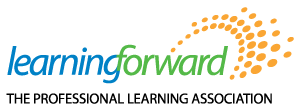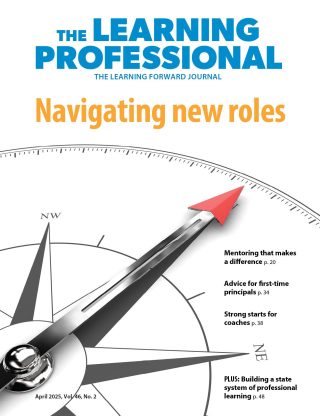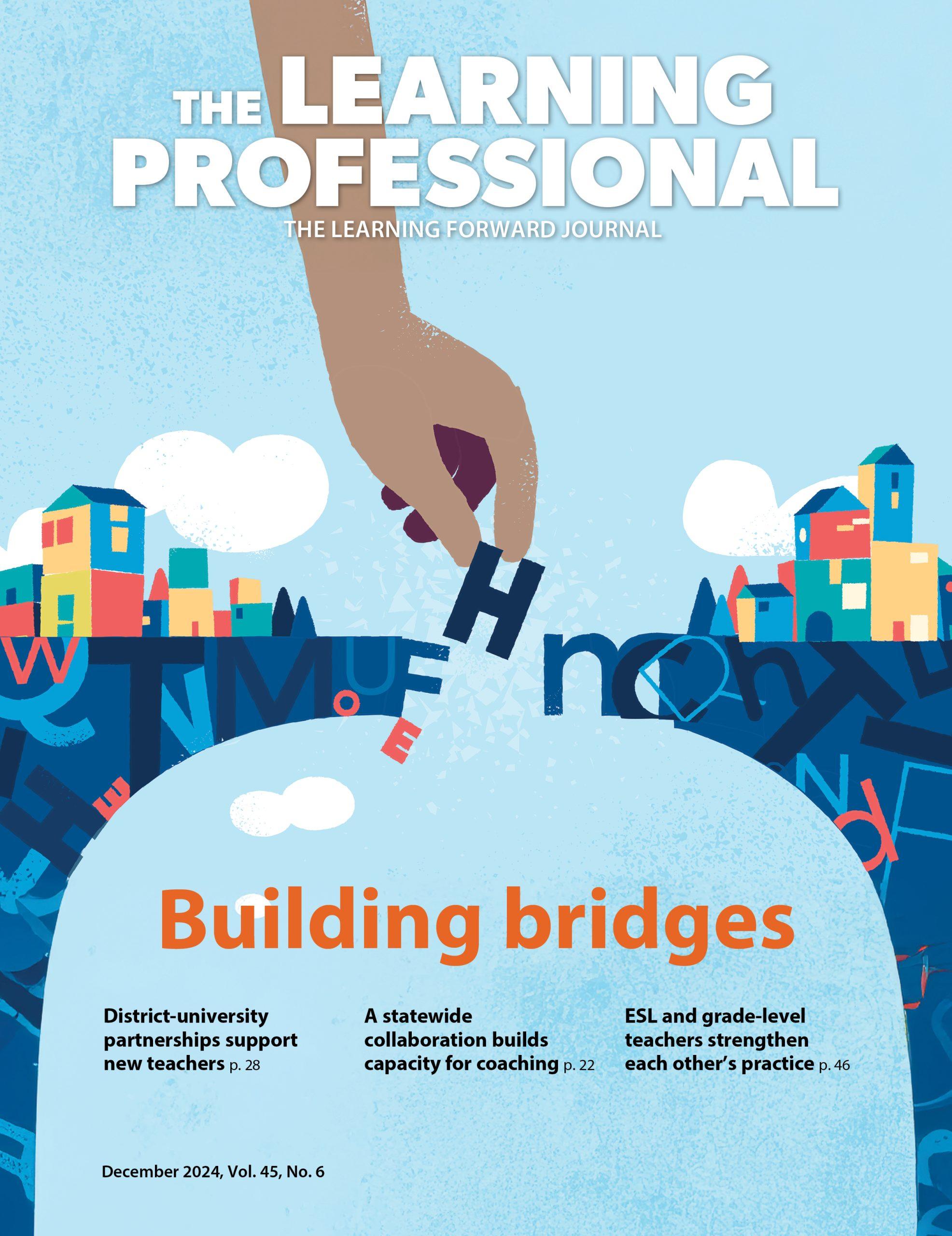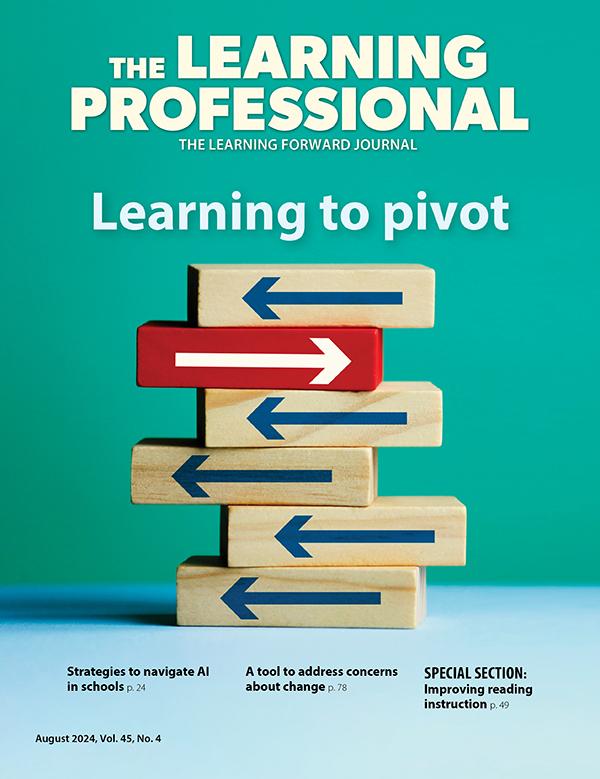LEADERSHIP TEAMS
Professional learning boosts teams’ skills and collective efficacy
By Jody Spiro and Paul Fleming
October 2024
Collective efficacy — the belief that a group has the power to achieve its goals — is important for leadership teams’ success. As described in a previous column in this series, one of the key ways to develop collective efficacy is to build on team members’ strengths (Spiro & Fisher, 2024). Existing strengths provide a solid foundation — and foundations are meant to be built on. In this article, we focus on how teams can leverage professional learning to build up from their foundations and boost collective efficacy.
Identify skills needed to achieve the team’s goal.
While some leadership teams start with all of the skills and competencies needed to achieve goals, many do not. Members can fill the gaps with professional learning. That process starts with identifying what individuals and the team as a whole need to know and be able to do.
After a leadership team has developed its vision and problem of practice and identified an early win (Spiro & Reyes-Guerra, 2024), members should discuss and agree on the skills needed to carry out the immediate plan and determine next steps for longer-term strategies.
Such skills are likely to include project management, expertise in specific curriculum disciplines, resource gathering and allocation, communication with other colleagues and teams, and use of data to monitor progress, measure impact, and inform future plans.
Once the needs are determined, each person can take the lead in learning and developing skills, then engage others in that learning process. Team members can then weave together all the skills across the team. With this approach to simultaneously developing individual and collective knowledge and committing to collective responsibility, teams can better meet student needs.
Ground skills development in Standards for Professional Learning.
Professional learning to build teams’ skills and, ultimately, collective efficacy should be high-quality and aligned to standards and best practices. The Standards for Professional Learning (Learning Forward, 2022) provide an evidence-based framework for ensuring that educators’ learning leads to improved outcomes.
It is worth noting that one of the 11 standards — Culture of Collaborative Inquiry — articulates how high-quality professional learning is team-based and grounded in collective knowledge building: “Professional learning results in equitable and excellent outcomes for all students when educators engage in continuous improvement, build collaboration skills and capacity, and share responsibility for improving learning for all students” (Learning Forward, 2022).
What does that standard look like in practice for leadership teams? Superintendents, principals, and leaders of professional learning establish expectations for collective improvement and protect time and resources that support ongoing team learning. Building-level leaders of professional learning become experts in collaborative inquiry and support their colleagues in using continuous improvement approaches and understanding their value. Educators in all roles commit to building their knowledge and skills to learn in concert, remaining open and curious about their students and colleagues, and supporting one another to achieve the goal of improved learning for all students.
It’s important to remember that all of the standards work together. The other aspects of high-quality professional learning need to be present along with the Culture of Collaborative Inquiry for team members’ learning to lead to change.
Use professional learning as part of the team’s continuous improvement.
One way to ensure team members are building the skills needed for collective efficacy is to develop a personalized professional learning plan for each person. The plans may include various methods, depending on each team member’s needs and preferred learning style. These might include any or all of the following:
- Book studies with team discussion
- Collaborative study of curriculum and standards at multiple grade levels
- Attending a conference with the intent to change or improve a specific instructional practice over time and planning for applying the learning over the next six months
- Leading professional learning for educators in your school or district
- Participating in or leading professional learning communities using evidence-based practices
- Taking a virtual or in-person course that provides opportunities to practice and reflect on new skills
- Nonevaluative peer observation and feedback on teaching techniques, skills, and strategies
- Structured reflection with tested protocols and clear norms
As team members implement their learning plans, they should regularly debrief what they are learning with the entire team to enrich the team as a whole and enhance team cohesiveness and collective efficacy.
Through this process, the team can reflect on progress toward its goal and make midcourse corrections to increase the likelihood of success. This whole process simultaneously builds collective efficacy and concrete skills.
Reflection questions
The following questions can help you and your team shape professional learning to be most valuable for individuals and the team as a whole.
- What are your team’s vision, goals, and early win?
- What team strengths can you build on to achieve these?
- What skills do you need to build?
- Which team members might learn and lead work in the highest-priority learning areas?
- How do those team members learn best?
- How will you ensure that the professional learning for team members aligns with the Standards for Professional Learning?
- How will team members share their learning with one another to enhance collective efficacy and achieve goals?
Leadership Team Institute
Powerful examples of learning teams developing and deploying collective efficacy can be seen in Learning Forward’s new Leadership Team Institute. The institute provides an innovative opportunity for teams consisting of a principal, assistant principal, teacher leaders, and principal supervisor to engage in a yearlong program focused on implementing evidence-based practices that address a problem of practice, improve educator and team practices, and increase student success.
Learn more about the institute and how your team can join at learningforward.org/leadership-team-institute/
References
Learning Forward. (2022). Standards for Professional Learning. Author.
Spiro, J. & Fisher, D. (2024, August). Strengths-based focus builds team collaboration. The Learning Professional, 45(4), 16-17.
Spiro, J. & Reyes-Guerra, D. (2024, April). Teams maintain momentum with early wins. The Learning Professional, 45(2), 16-17.
Recent Issues
LEARNING DESIGNS
February 2025
How we learn influences what we learn. This issue shares essential...
BUILDING BRIDGES
December 2024
Students benefit when educators bridge the continuum of professional...
CURRICULUM-BASED PROFESSIONAL LEARNING
October 2024
High-quality curriculum requires skilled educators to put it into...
LEARNING TO PIVOT
August 2024
Sometimes new information and situations call for major change. This issue...














